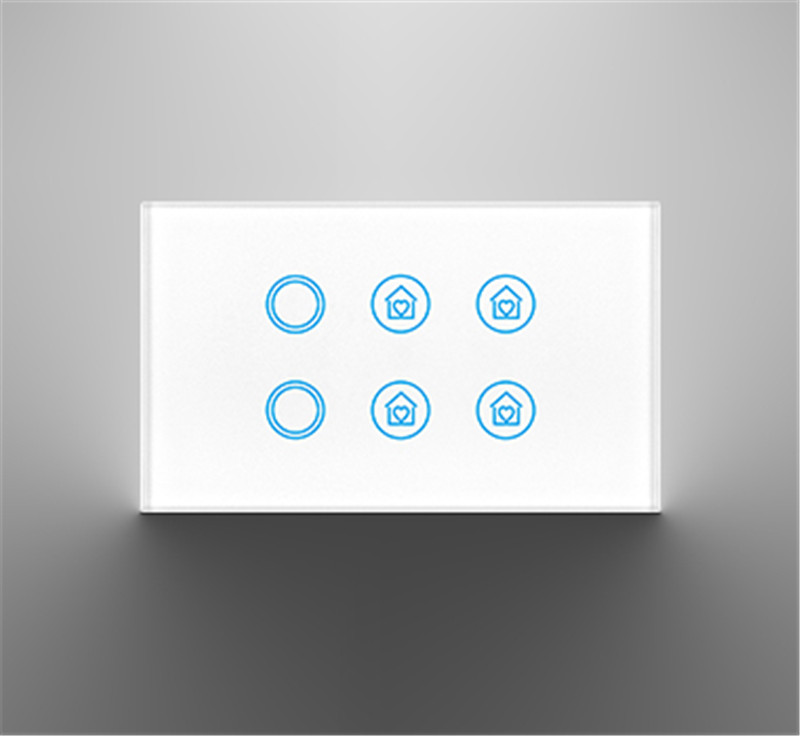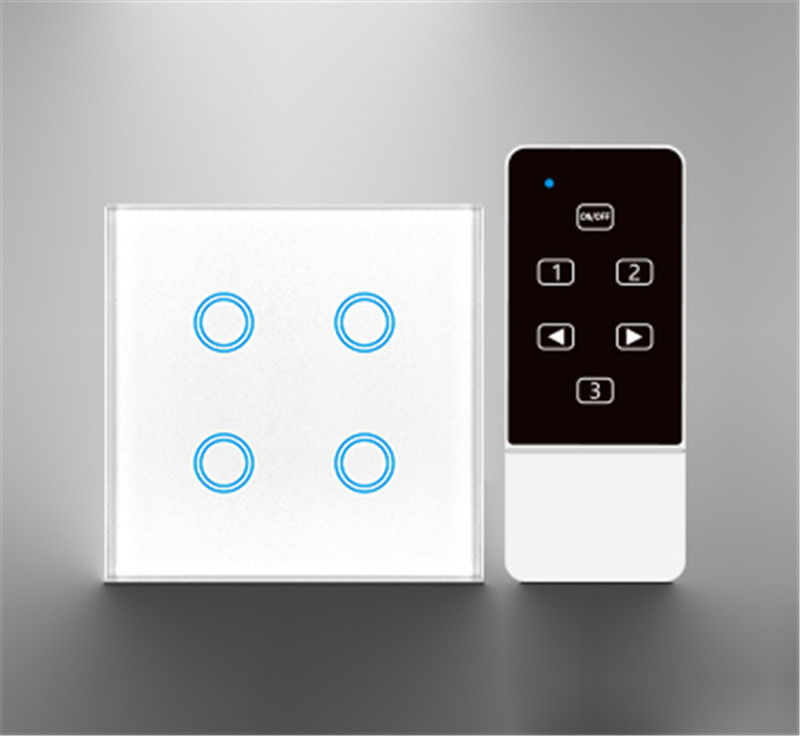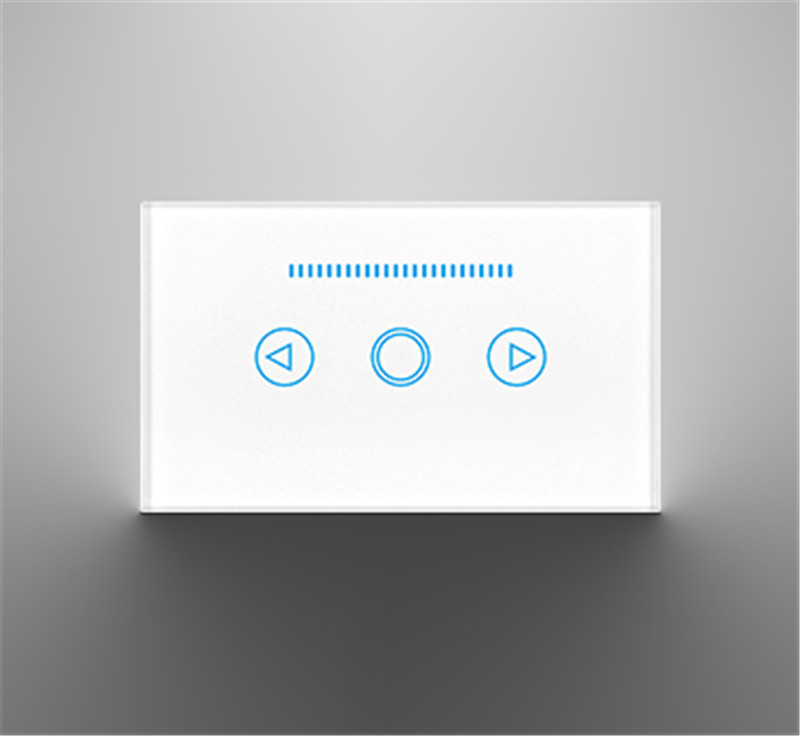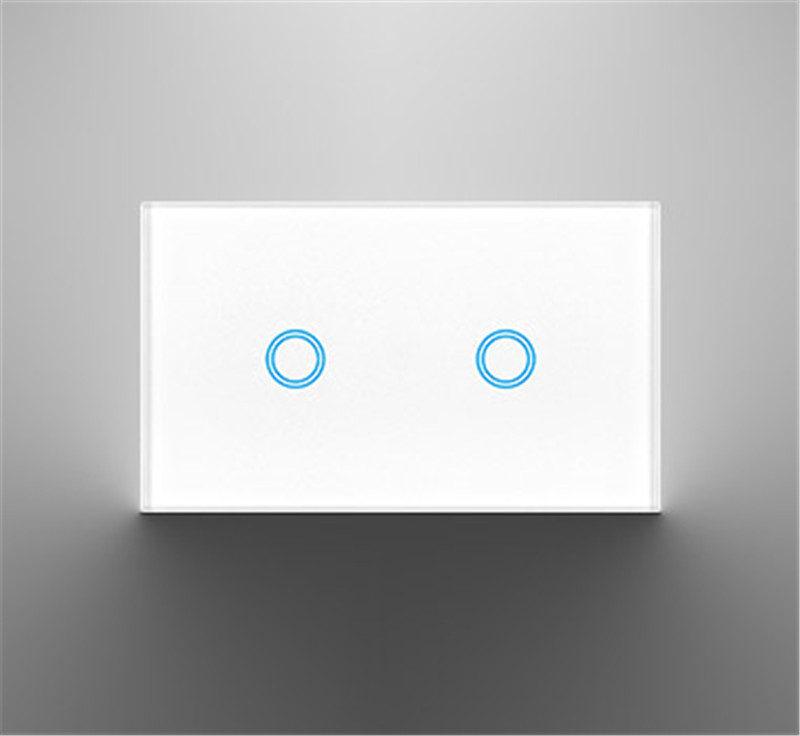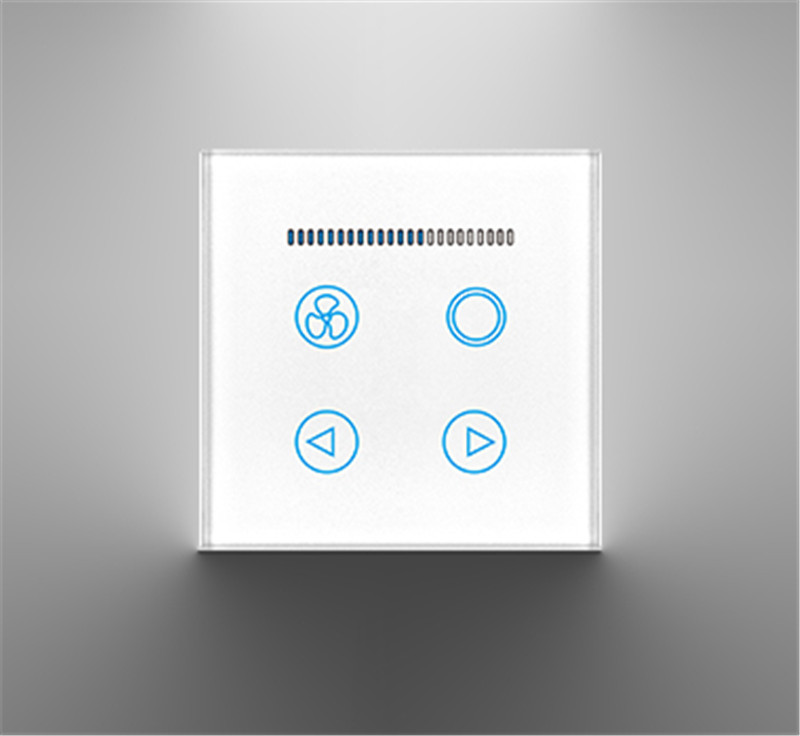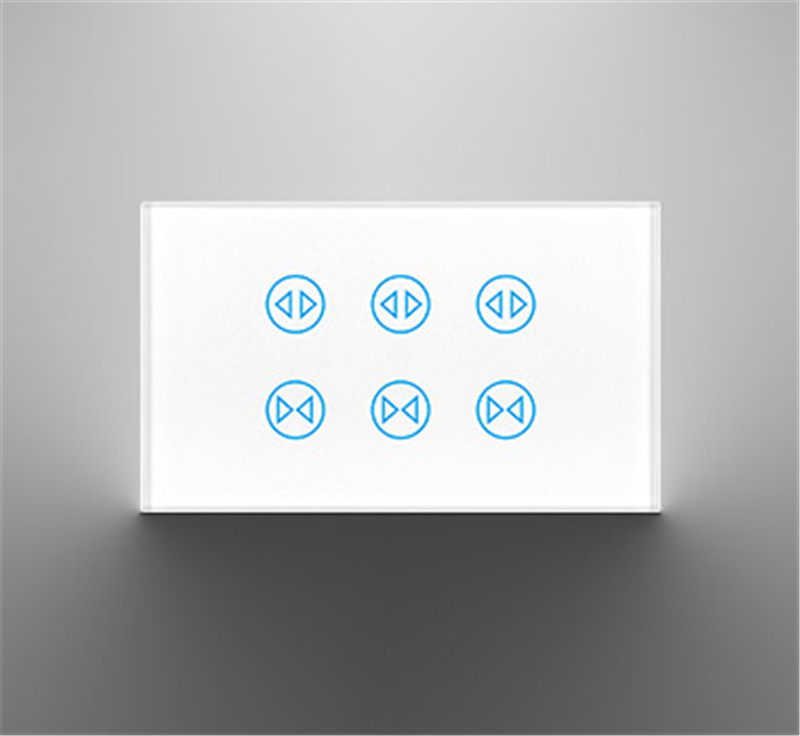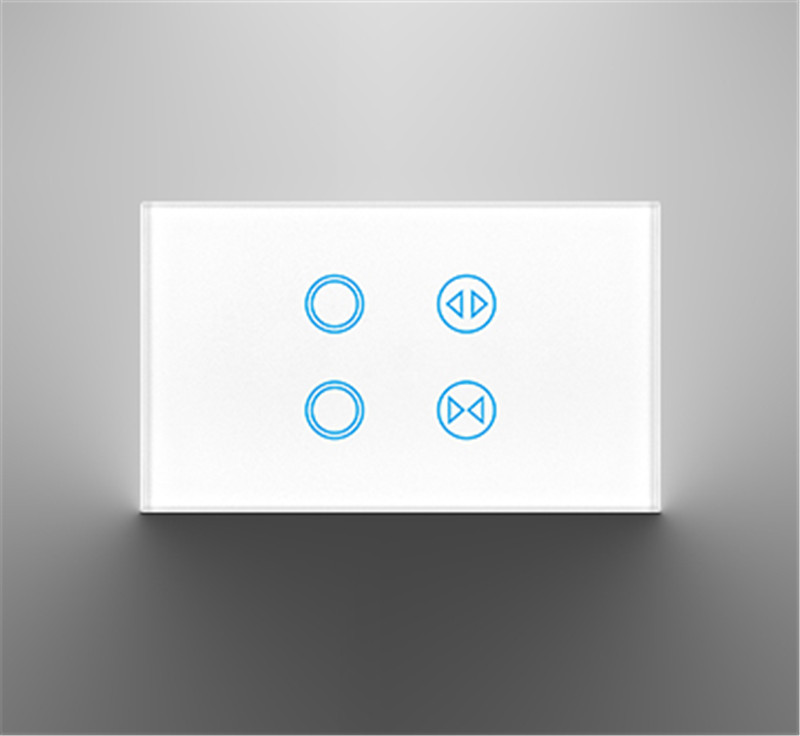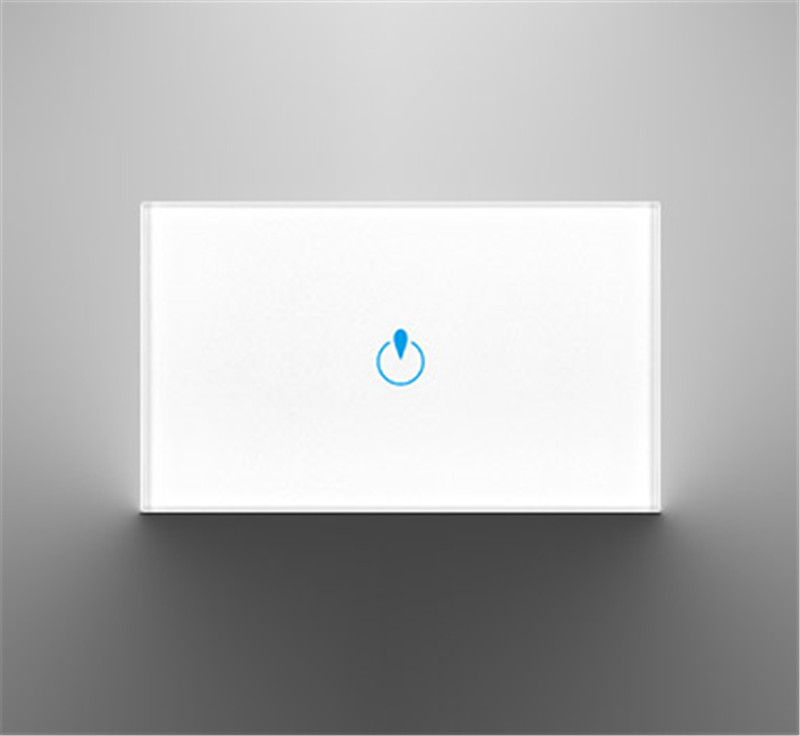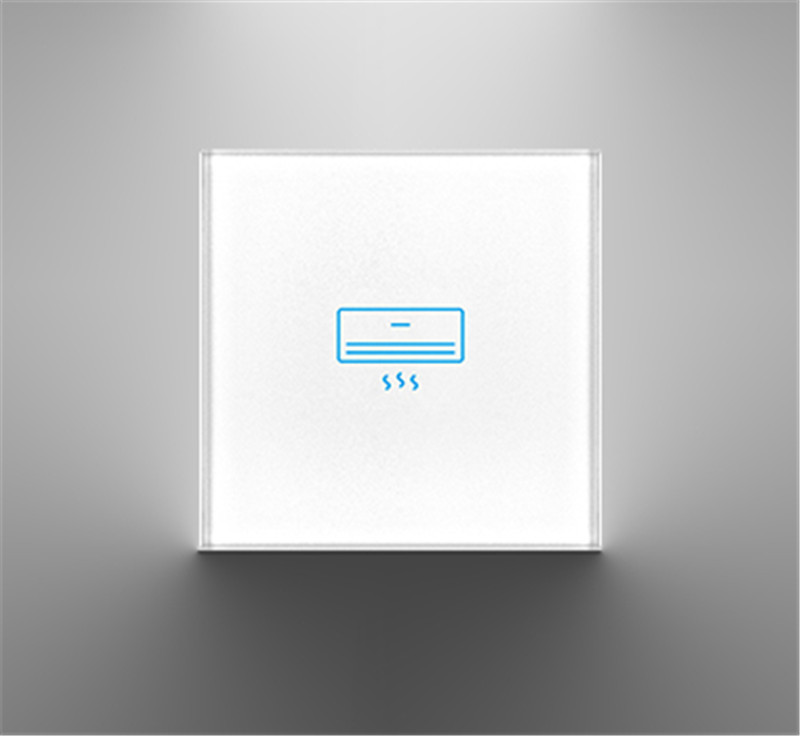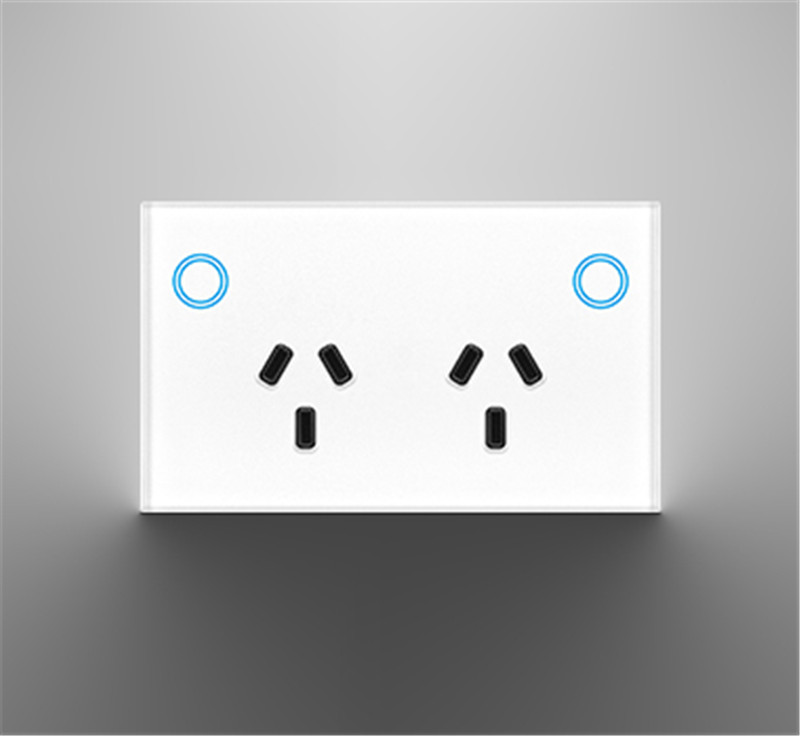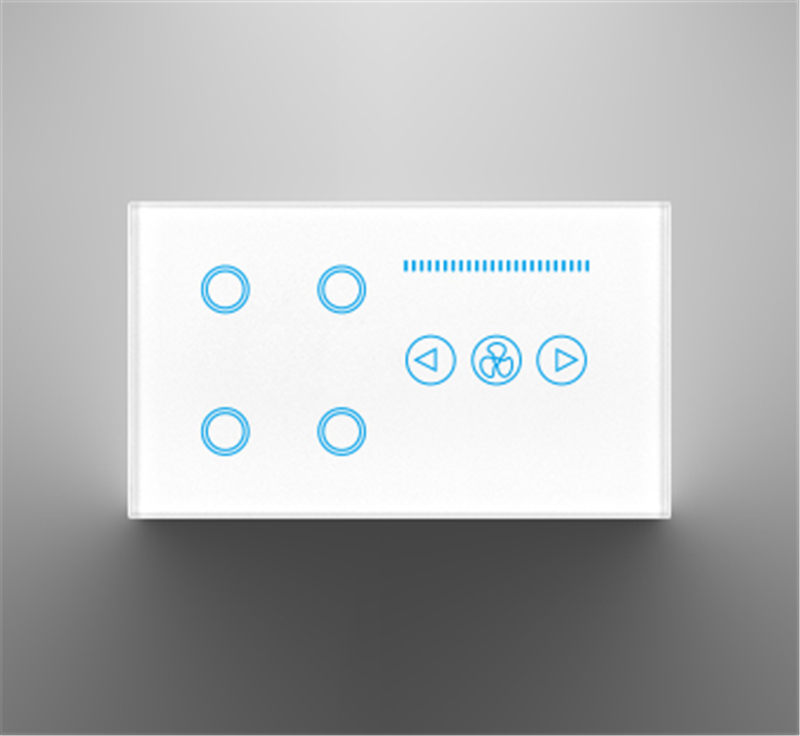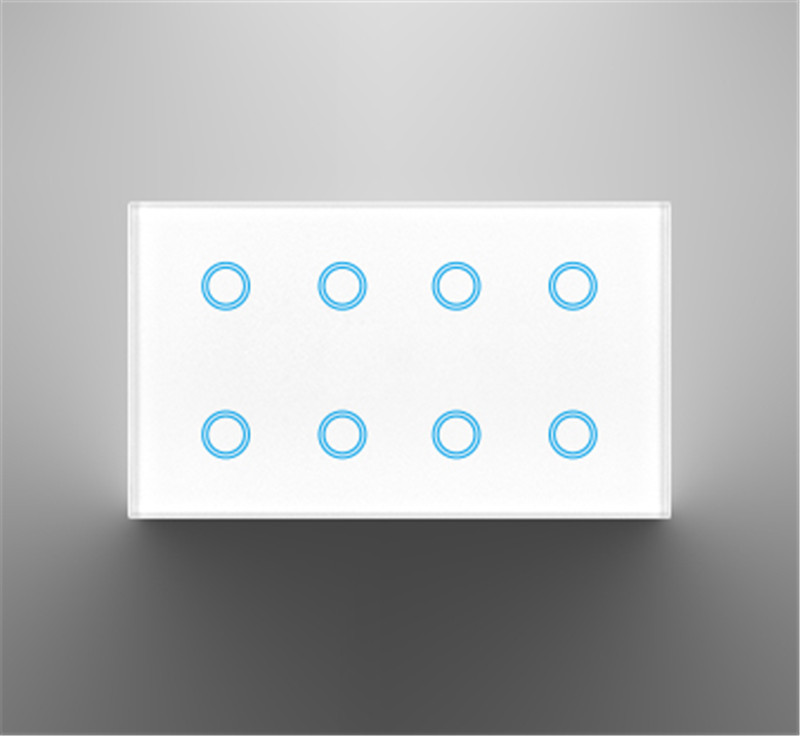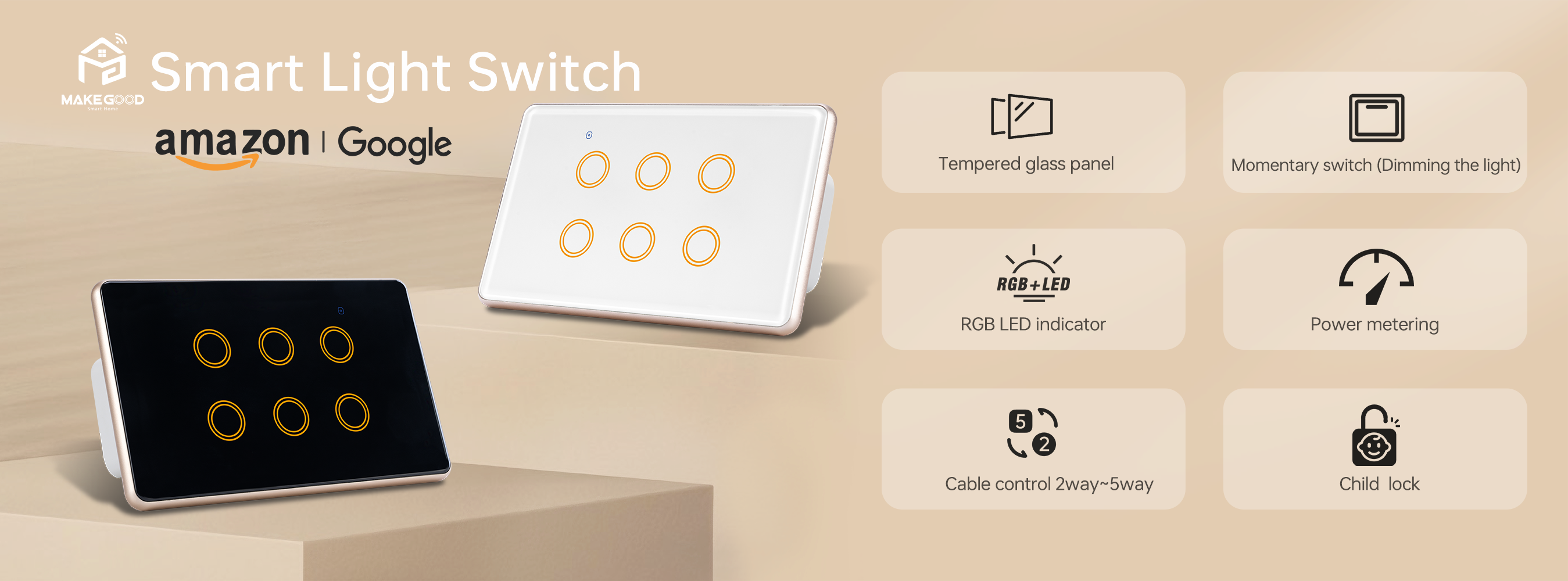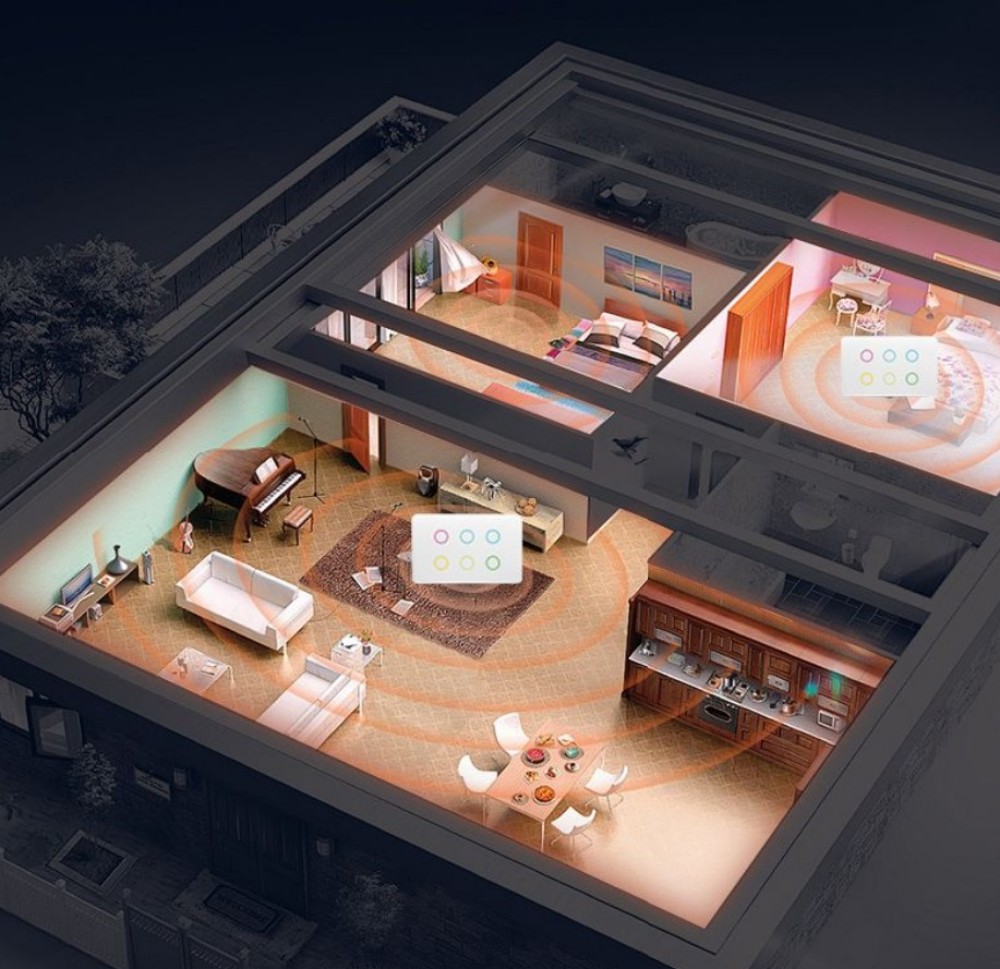A smart switch is a Wi-Fi or Bluetooth-enabled device that replaces your standard light switch to give you remote, voice, and automated control over your lights (or any device plugged into it).
Let’s break down what smart switch actually does, moving from the basic function to the “smart” benefits.
The Core Function: It’s a Remote Control for Your Wall
Think of a traditional light switch as a simple, direct gatekeeper for electricity: you flip it, a physical connection is made or broken, and the light turns on or off.
A smart switch replaces that physical action with a digital signal. Inside, it has a small computer and a radio (Wi-Fi, Zigbee, or Z-Wave). When you tap the button, instead of just breaking the circuit, smart switch sends a wireless command to a relay inside the switch to toggle the power.
This fundamental change enables all its “smart” capabilities.
What a Smart Switch Actually Does: The Key Features
1. Remote Control from Anywhere
This is the most straightforward benefit. Using an app on your smartphone, you can turn your lights on or off from anywhere in the world with an internet connection.
Real-world example: ”Did I leave the kitchen light on?” Instead of driving home to check, you can open the app and turn it off from your office or while on vacation.
2. Voice Control
Smart switches integrate with voice assistants like Amazon Alexa, Google Assistant, and Apple’s Siri/HomeKit.
Real-world example: You’re cozied up on the couch with a blanket and your hands are full. Instead of getting up, you just say, “Alexa, turn off the living room lamp.”
3. Scheduling
You can program the smart switch to turn on and off at specific times.
Real-world examples:
Set your porch light to turn on at sunset and off at sunrise.
Have your bedroom light slowly turn on in the morning to simulate a sunrise and help you wake up.
Make the smart light switch look like you’re home while on vacation by having lights turn on and off at different times in the evening.
4. Automation & Scenes (The “Smart Home” Magic)
This is where smart switches become truly powerful. You can link them to other smart devices to create “if this, then that” rules.
Real-world examples:
Goodnight Scene: Say “Goodnight” to Google Assistant, and it turns off all your smart switches, locks the front door, and adjusts the thermostat.
Motion Sensor Trigger: A smart motion sensor in your hallway can trigger the lights to turn on automatically when you walk to the bathroom at night.
Geofencing: Your phone’s location can be used to trigger actions. When you are within a mile of home, your porch and entryway lights can turn on automatically.
5. Multi-location Control without Rewiring
You can control a single light from multiple “virtual” locations without the complex wiring needed for a traditional 3-way or 4-way switch setup.
Real-world example: You have a switch at the top and bottom of the stairs. With smart switches, you can use the app to create a “virtual 3-way” so either switch controls the same light, often with simpler wiring.
Important Distinction: Smart Switch vs. Smart Bulb
This is a crucial point of confusion.
| Feature | Smart Switch | Smart Bulb |
| Controls… | The power to the outlet itself. | The bulb individually. |
| Works With… | Any standard light bulb (dumb LED, halogen, etc.). | Only that specific smart bulb. |
| If the wall switch is turned off… | The smart switch is dead and can’t receive commands. | The smart bulb loses power and becomes “dumb.” |
| Best For… | Overhead lights, fixtures with multiple bulbs, rooms where you use the wall switch naturally. | Lamps, accent lighting, and situations where you want individual color control. |
The Simple Rule: If you naturally use a wall switch to control the light, a smart switch is usually the better, more reliable choice.
What You Need to Know Before Buying
Neutral Wire Required: Most smart switches require a neutral wire in your wall box, which is not always present in older homes.
Hub vs. Hub-less: Some (like Wi-Fi models) connect directly to your router. Others (like Zigbee or Z-Wave) require a separate central hub (e.g., Samsung SmartThings, Hubitat, Aeotec). Hubs can make your network more robust and allow for more complex local automations.
Physical Control: A good smart switch still works like a normal switch. Guests or family members who don’t want to use an app can still use it normally.
In a Nutshell:
A Smart Switch replaces your standard wall switch to give you remote, voice, scheduled, and automated control over your home’s lights and plugged-in appliances, integrating them into your broader smart home ecosystem. It’s about adding convenience, security, and efficiency to the way you already live.
Post time: Nov-14-2025


